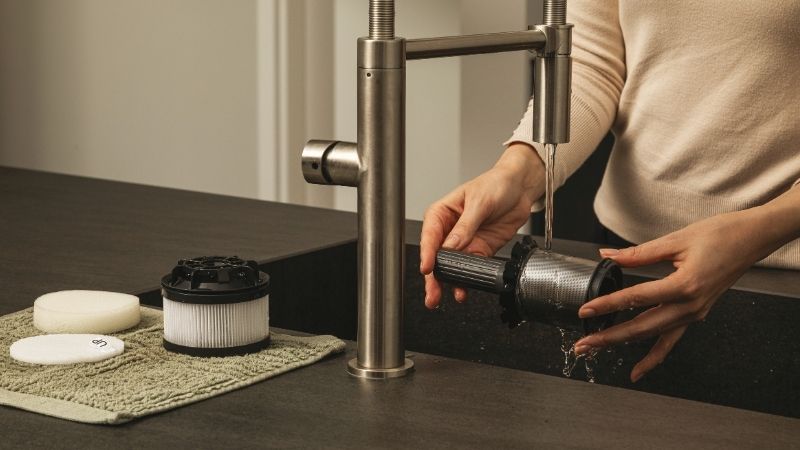Once you discover where viruses and bacteria lurk you’ll want, & need, to know the best ways to deep clean the relevant areas of your home
The global pandemic has reminded people across the world of the need for cleanliness. It has made people cautious when in public areas. However, it’s important to remember that there are germs everywhere.
If you’re serious about reducing the risk associated with bacteria and germs, you’ll need to know where viruses and bacteria lurk at home and how to get rid of them for good.
How to get rid of germs in the house?
In order to successfully eliminate germs in your home, you need to know where the viruses and bacteria lurk. While most people assume the bathroom is full of germs, it’s the kitchen that holds the majority of the germs and they are not all in the expected places.
Viruses and bacteria can lurk on surfaces that haven’t been properly wiped down. But, you’re more likely to find them on:
- sponges & dishrags;
- chopping boards;
- the sink;
- coffee pots.
What can be done to eliminate bacteria?
The first step in the battle against viruses and bacteria is to invest in a quality dishwasher. The Hoover innovative dishwasher is the ultimate solution to look after your most delicate items, such as pottery and crystal. It is also excellent at killing bacteria as it operates at high temperatures. That’s one of the most effective ways of eliminating viruses and bacteria.
Of course, if you’re going to have a good quality machine you need to learn how to maintain your dishwasher. This includes how to remove all of the limescale from your dishwasher with the Care+Protect limescale remover and guarantee the high maintenance of your appliance
This will help to ensure every item in your kitchen is washed regularly and is germ-free. This should include pet bowls as, no matter how clean they look, pet bowls are a magnet for germs.
Alongside this, you’ll want to wash your surfaces and inside your cupboards regularly. Removing food debris makes the surfaces less attractive to germs. It’s also a good idea to wash your sponges and dishcloths in the dishwasher every time you wash dishes. It is a good idea to use cleansing products and a pair of gloves when wiping surfaces.
Vacuuming is unlikely to pick up all the bacteria but it will eliminate the food debris that attracts germs and pests. It’s worth vacuuming regularly.
What kills bacteria?
Once you know where viruses and bacteria lurk you can be more vigilant about cleaning the worst areas. This should be done with a good bacteria killer.
- Dish soap & Water
This is one of the most effective approaches as it kills bacteria and viruses. In essence, the mixture of soap and water splits the cells of bacteria and viruses, allowing them to be washed away, effectively useless.
- Disinfectants
You’ll find an array of disinfectants in your local store. These will all effectively kill bacteria, eliminating the issue. However, disinfectants often contain bleach. That’s not something you want to be consuming which is why it’s not recommended to use disinfectant on surfaces where food is prepared.
- Alcohol
If the alcohol is over 90% proof then it can effectively kill bacteria and even viruses. This is also safe to be used on work surfaces, making it a good disinfectant. However, you do need to use the right stuff. Regular alcohol, such as the beer or wine you drink won’t be effective.
When cleaning your kitchen, spray all the surfaces and then use a clean rag to wipe them all down. This, along with using your dishwasher, will help to keep germs away, regardless of where they try to lurk.



